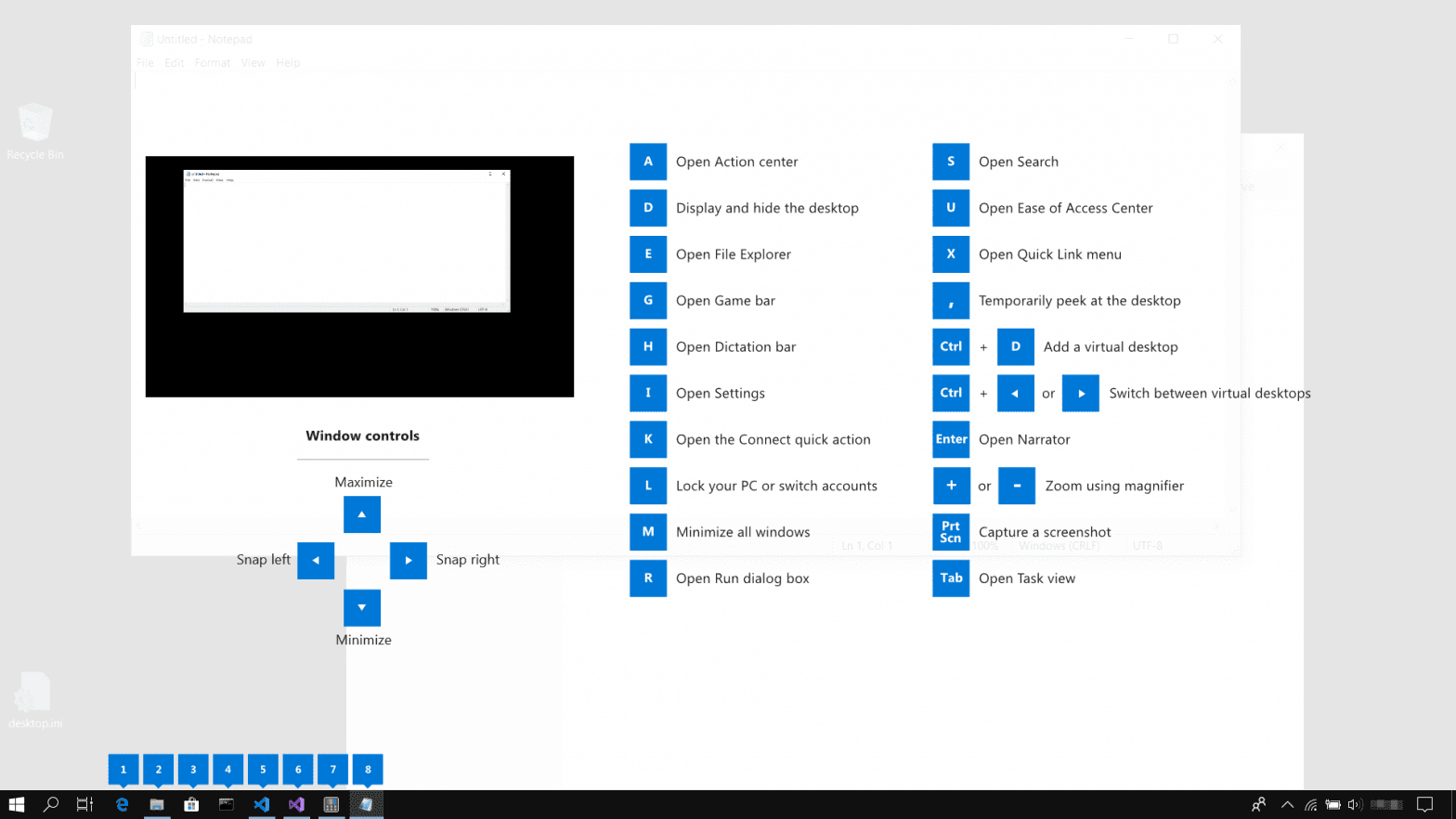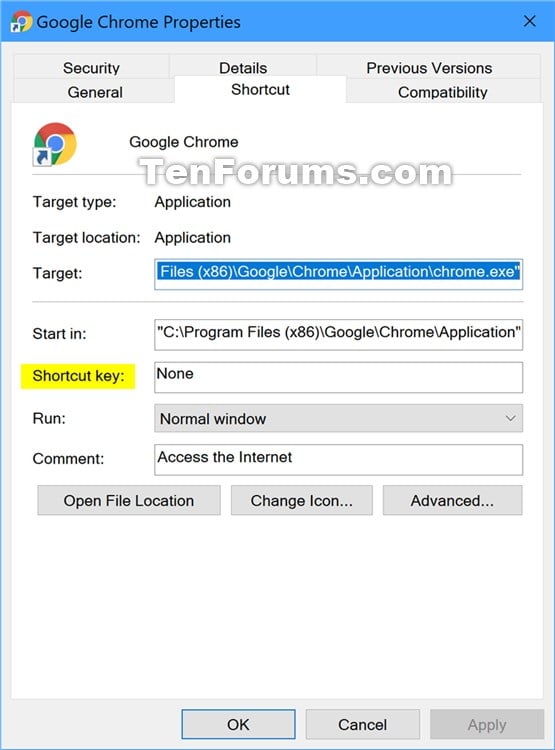

#Windows 10 back windows button shortcuts windows 10#
So those are the 10 shortcuts I have found to be the most useful in Windows 10 so far. I don’t use Cortana mostly over privacy concerns, but that’s just me. Windows Key + C – This will bring up Cortana in listening mode, if you have Cortana enabled. The shortcut is the same as it was in previous versions of Windows. The order for the first two keys doesn’t matter either.Ĭtrl + Shift + Esc – This will bring up the new Windows 10 Task Manager. It allows me to switch between desktops quickly using the right or left arrows in conjunction with CTRL + Windows Key. Windows Key + I – Opens the Windows 10 Settings dialog where you can configure the network, backups, WiFi, privacy, security and lots more.ĬTRL + Windows Key + L/R Arrow – This is another shortcut I use often. You can use the arrow keys to select a different program on the active desktop.

Windows Key + Tab – This will show you a thumbnail of all open programs on the current desktop and also a small thumbnail of each desktop at the bottom. Also, it’s easy to open the command prompt by using this shortcut by simply typing in CMD.

Windows Key + R – Brings up the Run dialog box, which lets you quickly run commands.
#Windows 10 back windows button shortcuts Pc#
You can also configure the default folder for Explorer to open to This PC or Quick Access. Press U to expand the Shut down or sign out section, then use one of the following keys to shut down, sleep, or perform other power actions: Press U again to shut down Windows. I’m pretty much always messing with files, so this is a very useful shortcut. Windows Key + E – Opens Windows Explorer. You could also press CTRL + ALT + DEL and then press Enter to lock the screen, but this is also a good option. Windows Key + L – This hotkey will lock the screen in Windows 10. If you press it again, it will bring back the same windows that were active earlier. Windows Key + D – Missing the desktop? This hotkey will hide all windows and show you the desktop. I use this shortcut the most often because you can just start typing the name of an application or Store app or computer setting and then press Enter to open it. Windows Key – Simply pressing the Windows key will bring up the Start Menu with its mix of Windows 7 and Windows 8 styles.


 0 kommentar(er)
0 kommentar(er)
